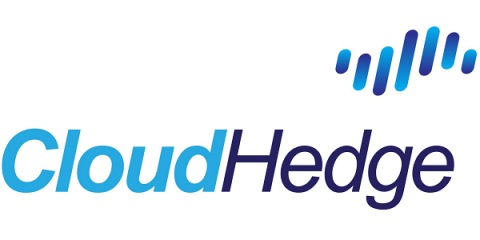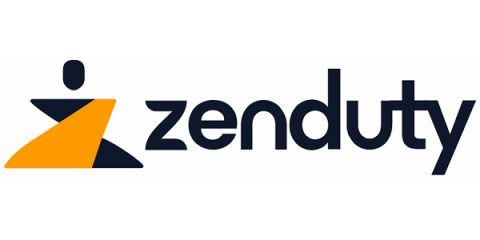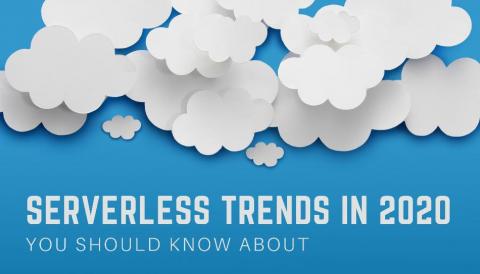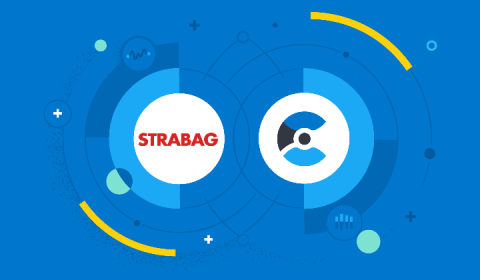Stateful Apps and Support of Persistent Storage
With enterprises and ISVs adopting containers and Kubernetes (k8s) to increase the agility and scalability of their applications, they would want more applications to be deployed on k8s. Applications can be a mix of stateful and stateless. Until recently, only stateless applications were supported by k8s. However, with the advent of persistent storage on k8s, stateful applications will be supported. In the pet Vs cattle analogy of service, you would want to treat the storage as cattle.











